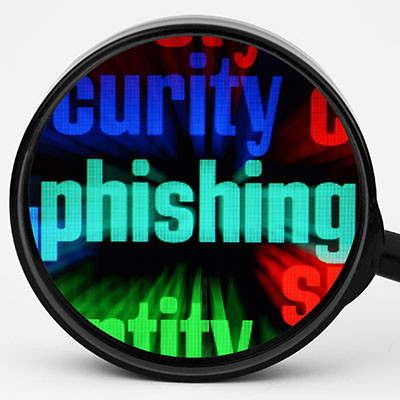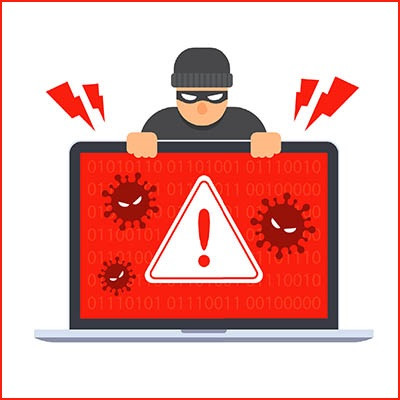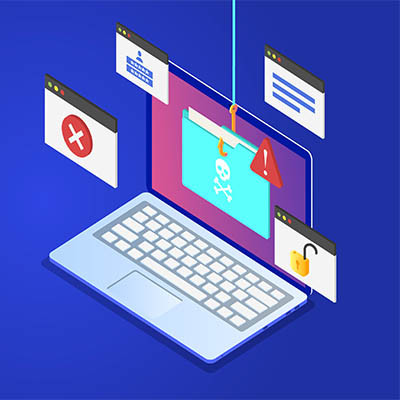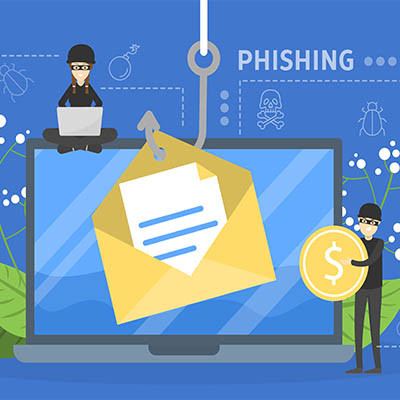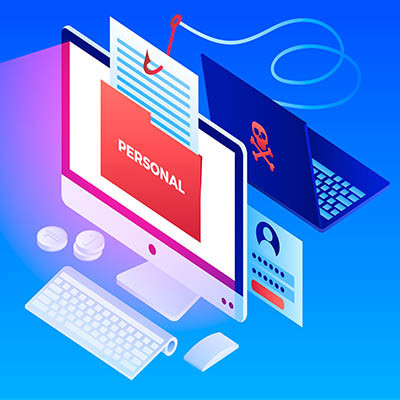Virtual Business Solutions Blog
How often do you get emails from individuals claiming to be working with a business who wants to do business with yours or sell you a product, completely unsolicited and even perhaps a bit suspicious? These types of messages can often land small businesses in hot water, as it only takes one phishing email landing in the wrong inbox at the wrong time to put your business in jeopardy.
If you are a frequent reader of our blog, you know all about phishing scams. They are emails and messages sent that are designed to extort money and gain access to computers and networks for nefarious purposes. The popular IT support company Geek Squad, a subsidiary of Best Buy, is the latest company caught up in such a scam. Let’s take a look at how the scam works and how you can avoid becoming its next victim.
We’ve all heard the horror stories of phishing messages—those messages where someone is trying to steal information from you, be it sensitive information or financial credentials. There are various telltale signs of phishing attacks that can be identified, if you know where to look. Let’s take a look at what the FTC claims are the best ways to identify a phishing message.
Hackers have often used email to trick users into clicking on fraudulent links or to hand over important credentials through phishing scams, but these are usually blocked by an enterprise-level spam blocker. However, hackers have learned that there is indeed a way around these spam blockers, and it’s through popular social media websites.
The holiday season is a time for merriment and good cheer, but hackers have historically used it to take advantage of peoples’ online shopping tendencies. Phishing scams are always on the rise during the holiday season, so you need to take steps now to ensure that you don’t accidentally put yourself at risk—especially with voice spoofing emerging as a threat for Amazon orders.
There are always going to be those who want to use your hard-earned data and assets to turn a profit. One of the emergent methods for hackers to do so is through twisting the “as a service” business model into network security’s worst nightmare. This type of security issue is so serious that Microsoft has declared that Phishing-as-a-Service is a major problem.
We don’t like it any more than you do, but if we have learned anything at all over the past several years, it’s that security absolutely needs to be a priority for all small businesses. In the face of high-profile ransomware attacks that can snuff companies out of existence, what are you doing to keep your own business secure? To put things in perspective, we’ve put together a list of some of the more common threats that all companies should be able to address.
Phishing attacks are some of the most common threats out there. Hackers will craft messages or web pages designed to harvest information from your employees, be it through suspicious requests for credentials via email or through false websites that look so much like the real thing that it’s no wonder they were tricked. How can you make sure that your employees don’t fall for these dirty tricks? It all starts with comprehensive phishing training.
The first half of this year has seen its fair share of ups and downs, especially on a global scale. With a global pandemic still taking the world by storm, it’s despicable that hackers would take advantage of the opportunity to make a quick buck using phishing tactics. Yet, here we are. Let’s take a look at how hackers have turned the world’s great misfortune into a boon, as well as how you can keep a lookout for these threats.







